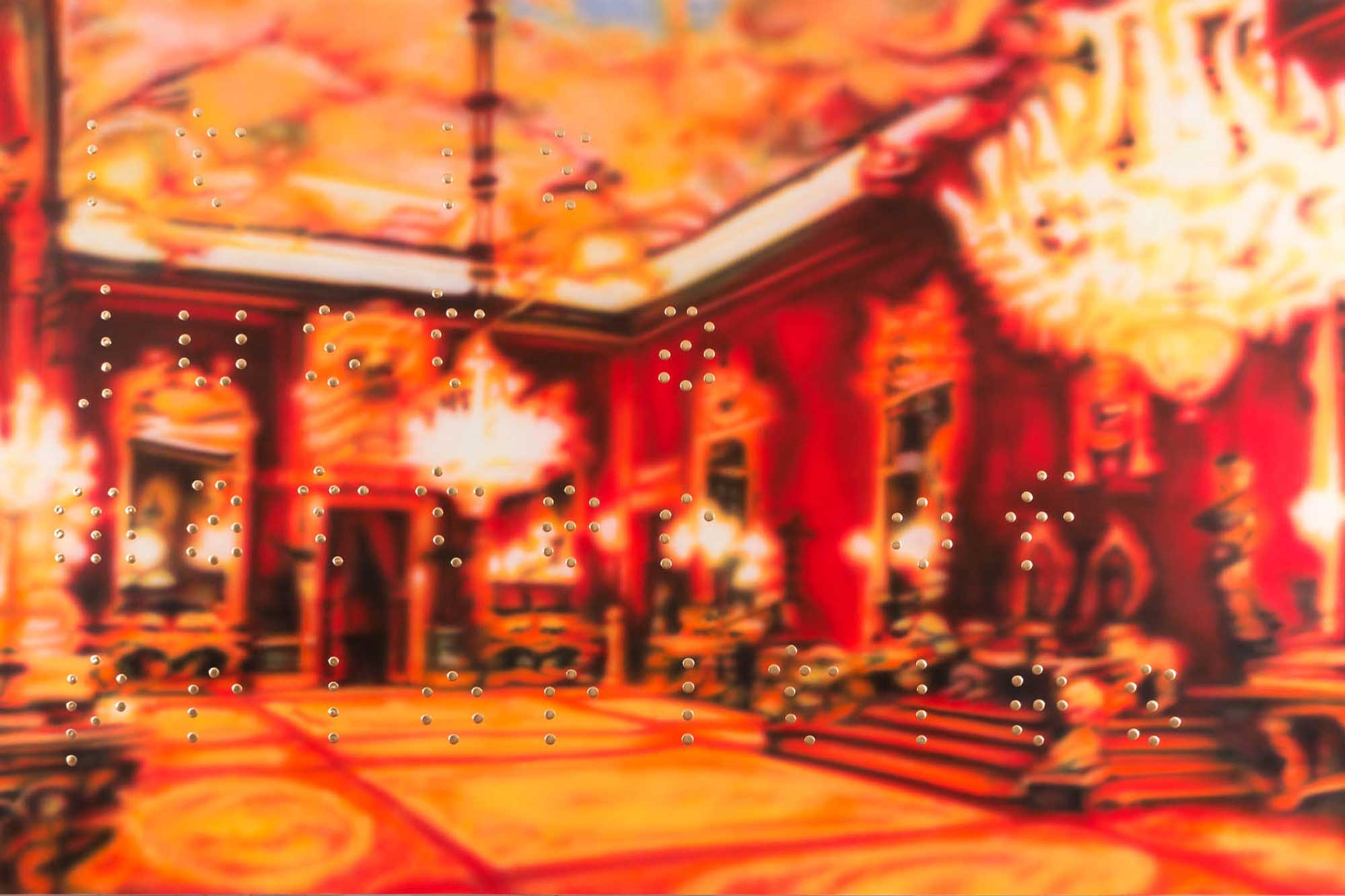
It may not surprise you to learn, after seeing his work, that Raúl Cordero grew up in Cuba.
After all, Cuba is fertile ground for passionate souls, a storied Caribbean island where the irrepressible spirit of its people defines a culture steeped in riches of the heart. There, life is literally paved with living color. There’s dancing in the streets, music in the air and art in every incarnation – and spellbinding incantation. While its all-encompassing nationalized educational system has merited distinction for decades, it’s also a land of constraints and contradictions, with censured narratives that seek to channel creativity into controlled communications blessed by the Cuban government.
As a young boy, Raúl didn’t know much about that. He spent his days in school, taking art classes that fueled his imagination and remarkable talent, setting the course for a future that his parents, long-time government employees, did not support. They had very definite ideas for their son’s career, confidently assuming he would follow in their conforming footsteps. Raúl had something different in mind. And while he didn’t know what that might look like, he knew he wasn’t liking what he saw.
“My parents tried to prevent me from going to art school after I graduated from high school. But I managed to do it on my own. At some point, I won a scholarship to study painting in Holland that was funded by the Dutch government,” he explained. “We took field trips to the Rijksmuseum in Amsterdam, renowned for its world-class collection of art by the Old Dutch Masters. I learned all I could about the Flemish technique.”
You don’t have to pay for art school in Cuba, but your career prospects tend to be limited to an in-country job. When Raúl was given the opportunity to study in Europe, he never looked back, spending seven years in the Netherlands mastering his own craft. He studied oil painting in Poland for several years, too, improving and refining his skills in the medium he specialized in for thirty years before getting sick and starting his art anew – with acrylic. Turns out he is highly allergic to oil-based paints. For him, working with them could be deadly.
“The difference in painting with oil and painting with acrylics is like racing a Ferrari and a bicycle. With oil you can do subliminal more. Acrylic is like a joke for people who know how to paint,” he lamented, explaining that he learned how to use an airbrush to replicate some of the complexities he enjoyed creating with oils.
Now based in Mexico City after spending 27 years in Brooklyn, New York, Raúl is expressing his passion in art renowned for the big statements he makes, working on up to five paintings at once, each speaking volumes about life today. True to his artistic calling, he is a keen observer, watching the comings and goings around him with unbridled interest, studying the sights and passers-by, not with a critical eye, but a painterly one.
“As an artist you don’t have to be in the grind of everyday life. If society gives you that possibility, you better make good use of it. These days, the most luxurious life you can have is being able to have a contemplative kind of life so you can study and understand things like philosophy and literature. I basically observe the world that surrounds me. My way to understand the world and the things that are happening is through the kind of poetry I do in my art,” he said.
Born in 1971 before the Internet took hold of the world, Raúl defines his life from two opposing realities, spending half of it without the technologies of today, and the rest of his life with it.
“I believe the Internet is the biggest change that has happened to the world since I have been alive. It totally changed everything. So now I have the possibility of seeing and realizing things differently, from the way we communicate to where and how we live to the way we view things from the whole philosophical aspect. That’s what I analyze all the time in my work and that’s what I give back to the world in the form of beauty – and poetry.”
Raúl went on to explain how we lost our intimacy with life when the Internet was introduced. I couldn’t help but compare that thought with his life in Cuba where his painted opinions would be censored and his personal views replaced with impersonal regulations by the local government. The Internet has also taken away those intimate one-on-one possibilities, replacing them with public connections that speed-date through the “getting to know you” process rather than stopping to connect with what or who they see.
His work, however, changes that in an instant, compelling people to stop, look and block out the distractions of the world to experience a very real moment in time. Part of the lure is his visual invitation for viewers to literally connect the dots in his paintings.
His dots are his alphabet, a pictorial representation of the fact that everything in this world is made out of particles. He created them many years ago to make words, changing them to make outlines of drawings or mark points of emphasis on the composition of his paintings, before making words of them again. Sometimes he substitutes the dots for light bulbs, illuminating his work with a new reality that plays out in many of his exhibitions today.
What he is was trying to do with those dots when he first starting painting them into his work is key to understanding his mission today.
“I was mostly trying to create a way to write text that is not so easy to understand or read at first glimpse. Some people mistake it for braille when they first see it, but then they discover that the dots resemble conventional characters. Before they realize it, they have spent a few minutes trying to figure it all out. And in those moments, they have started to breathe, relax and unwind and they want to read more,” he says. “Today, when people visit art shows, they may be looking at one piece of art, but they are thinking about what’s coming next. They don’t spend the time focusing on what is in front of them in the moment.”
And that’s the point. Raúl’s art gives people a reason to focus, to immerse in its beauty and messaging with a renewed sense of wonder and wisdom. To underscore his point, he shared an observation of first-time visitors to the Empire State building.
“Tourists stand in front of this very historic building yet they don’t actually look at it. Instead, they are looking at it through their phones, reading information about it or taking a photo of it to post on Instagram. We’ve created a new world of digital reproductions and people are spending more time with a headset, seeing things in virtual reality and not in actuality. We are turning to and relying on digital descriptions of the world, which is how we are achieving things in the real world today.”
To offset the disconnects from an increasingly isolating world and simultaneously invite people to reconnect someplace real, Raúl chooses to accentuate the positive in his paintings.
“It is very easy to point out problems and make art that is about the bad things in life. I have always had the philosophy that there are equal amounts of positive and negative things happening all the time. It all depends on which side you want to pay attention to. If you want to live on a turbulent angry side you can choose to be a lawyer. If you want to live a more beautiful life, you might decide to deliver flowers and have everyone greet you with a smile. I prefer to find the beauty in the world and to enrich it through my art. There is no better contribution to the world than what Picasso and the Cubists did, for example. Why? Because what they did with art, the red triangles, yellow squares and blue circles, found their way into every aspect of life, from cultural icons to architecture and fashion. It influenced so much and everything wanted to look like that. That is what art can really achieve.”
Which is why Raúl is inspired to create beauty in his work, combining images with words to reward the viewer with a renewed sense of time and place. “The phrases are random thoughts I put into words and they become like verses on top of my paintings,” he explained. We see them as poetry of the heart that manifests into art so we asked Raúl which comes first: the image or the words.
“Sometimes the words are first, sometimes it’s the image and sometimes both things come to me at the same time. Many times, I just want to paint something, whatever comes to my mind. I may hear something in a song or see something that catches my attention. It’s not a pre-fixed process,” he answered.
Wherever and whenever inspiration hits, Raúl’s ideas come from whatever he is going through at the moment. Like everyone else, he is distracted by the sights and sounds that bombard him all the time, every day. But he not only paints with a dedicated focus that belies the diverse, fast-paced-technologies that rule our attention, he puts it into play in his art.
As with art in general, different people see different things in his work and because of that, his work is never really completed when someone buys it.
“People who buy my work put their experience into it, enriching it with their own vision. I am very glad when someone leaves with a painting I made because they are going to see so many things in time in the same piece. Painting is something that goes deep and then deeper. As artists, we go through this obsessive relationship with our work that includes days and days of changing something. Then when we think it is finished, the buyer brings it home and continues to find other things. It really becomes a different painting every day.”
“Every single painting reminds me of what I lived through when I was making it. My work today reflects the realities we live with today, a mixture of the actual physical and the digital.”
While you can find Raúl’s work hanging in the champagne-tier of art galleries, like Richard Taittinger Gallery at 154 Ludlow Street in New York City, visitors and residents of Manhattan had the unique opportunity to take a time out in Times Square this spring and become part of Cordero’s showstopping exhibit, THE POEM, “an unexpected oasis – a 20-foot high tower covered in a cascade of mountain laurel that hosted an illuminated poem inside.”
“I played with the architecture and the energy of Times Square to invite people inside to find respite from the non-stop hustle and bustle of their surroundings. It’s difficult to create meaningful art in an era with their attention is scattered across so many mediums and technologies simultaneously. THE POEM seeks to stop time, reminding us to listen to the ‘secret dialog of the trees’ and read a poem, even while standing in the center of Times Square.”
If you think back to a popular childhood game, you may remember how excited, surprised and delighted you were when you “connected the dots” to reveal an artistic vision that didn’t come into view until you took the time to closely interact with it. Such is the beauty of Raúl Cordero’s art. Purposefully blurred to hint at the reality that lays just inside and layered with dots that spell out a secret message, his paintings remind us not to race through time to see what’s next but to revel in the magic of the moment because what it reveals is ultimately the greatest reward of all.
ABOUT RAÚL CORDERO
Known for his large-format blurry paintings with dotted texts and his endless investigation into the structure and language of an artwork, Raúl Cordero (Havana, 1971) has successfully merged figurative painting and text-based conceptual art throughout his career. Exhibiting in museums and galleries around the world, while establishing a very personal universe that explores the visual manifestation of language and investigates the cognitive links between “looking at” and “reading” art.
Cordero’s work can be seen in public collections around the world, including the Musée National D’Art Moderne Centre Pompidou in Paris, France; Los Angeles County Museum of Art (LACMA), The Museum of Contemporary Art in Los Angeles (MOCA), The Museum of Contemporary Art San Diego, The Pérez Art Museum Miami (PAMM) and the Museum of Art Fort Lauderdale, in the United States of America; El Museo Nacional de Bellas Artes, in Cuba; The Stedelijk Museum voor Actuele Kunst (SMAK) in Gent, Belgium; El Centro Atlántico de Arte Moderno (CAAM) and Museo Extremeño e Iberoamericano de Arte Contemporáneo (MEIAC) in Spain; among many others. Cordero’s work is represented by Mai 36 Galerie in Zürich, Switzerland, Fredric Snitzer Gallery in Miami, and Richard Taittinger Gallery in New York, U.S.A. ☐
www.raulcorderostudio.com | www.richardtaittinger.com

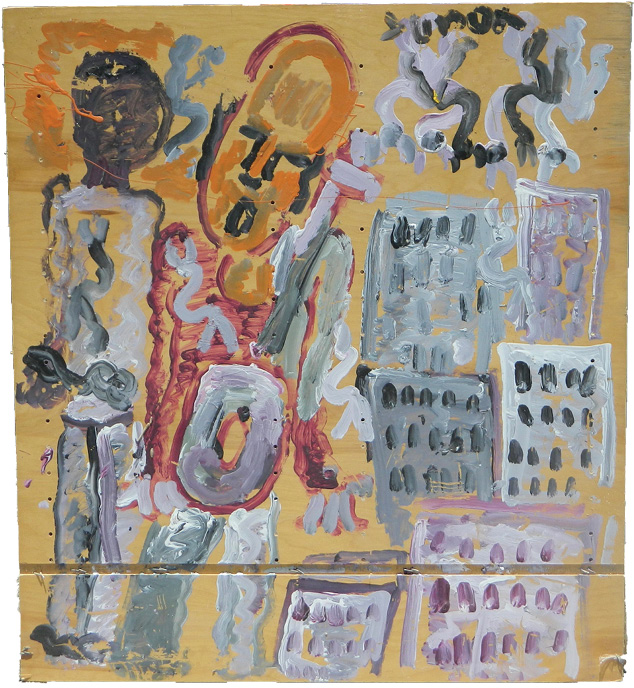
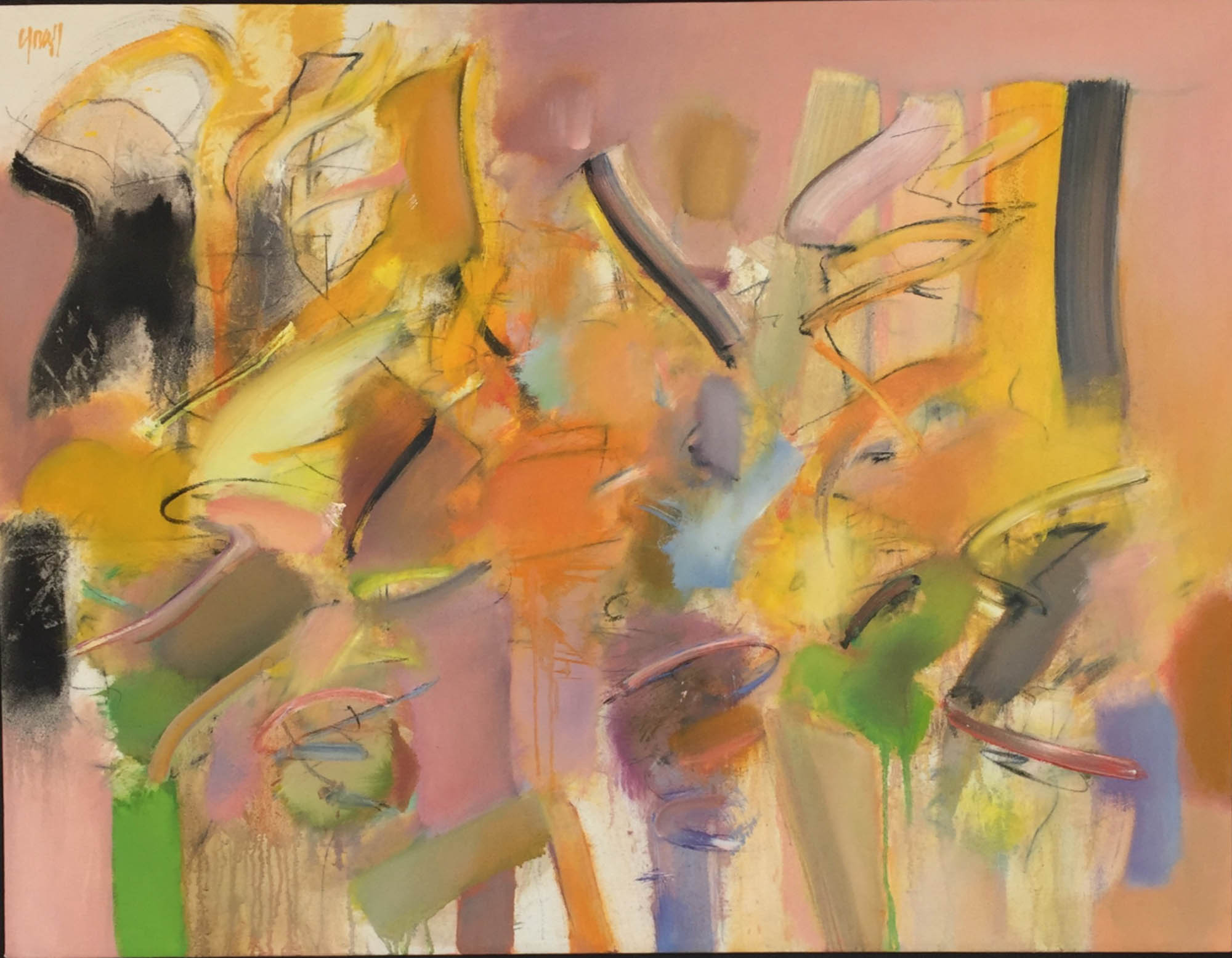
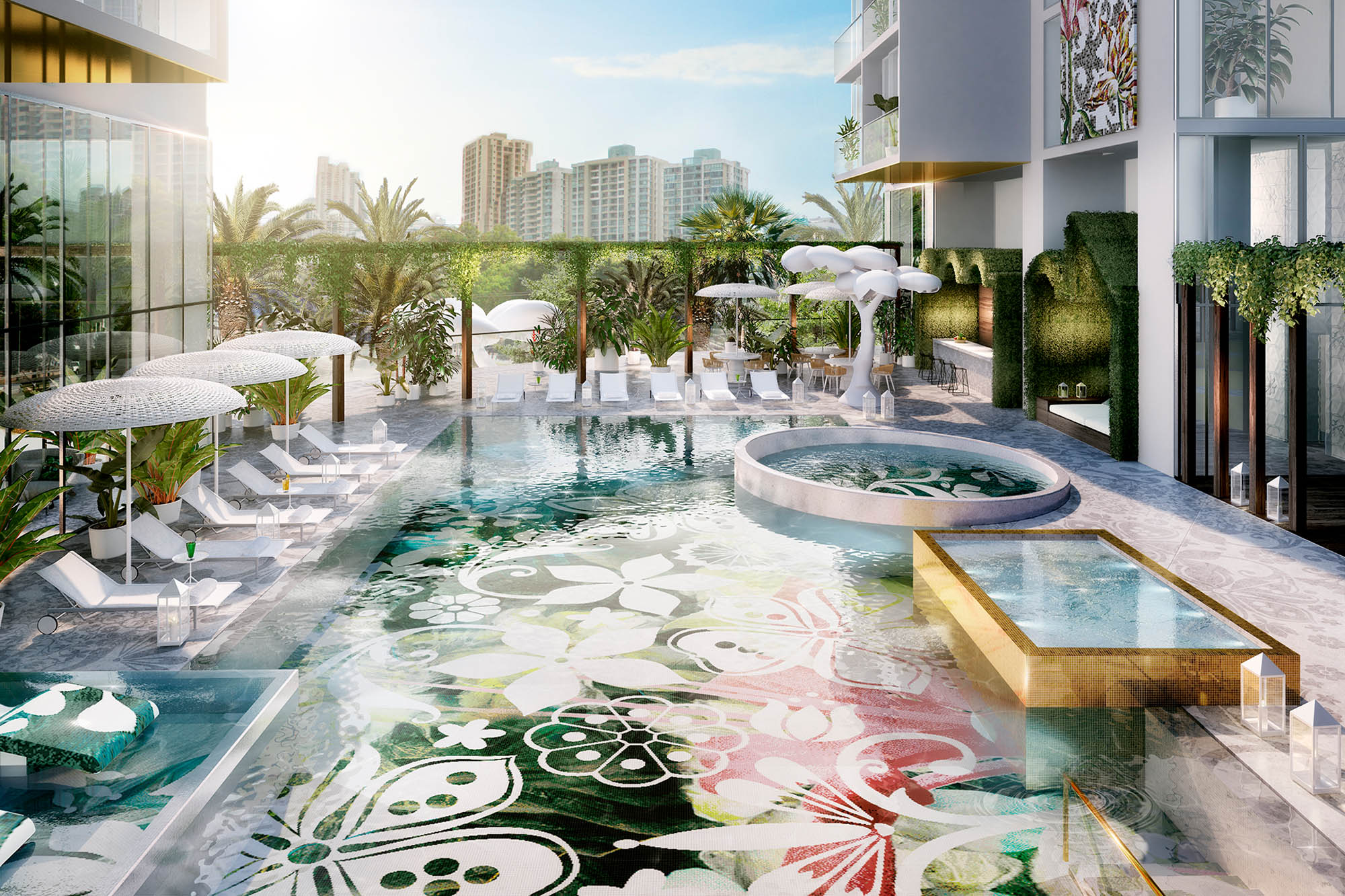
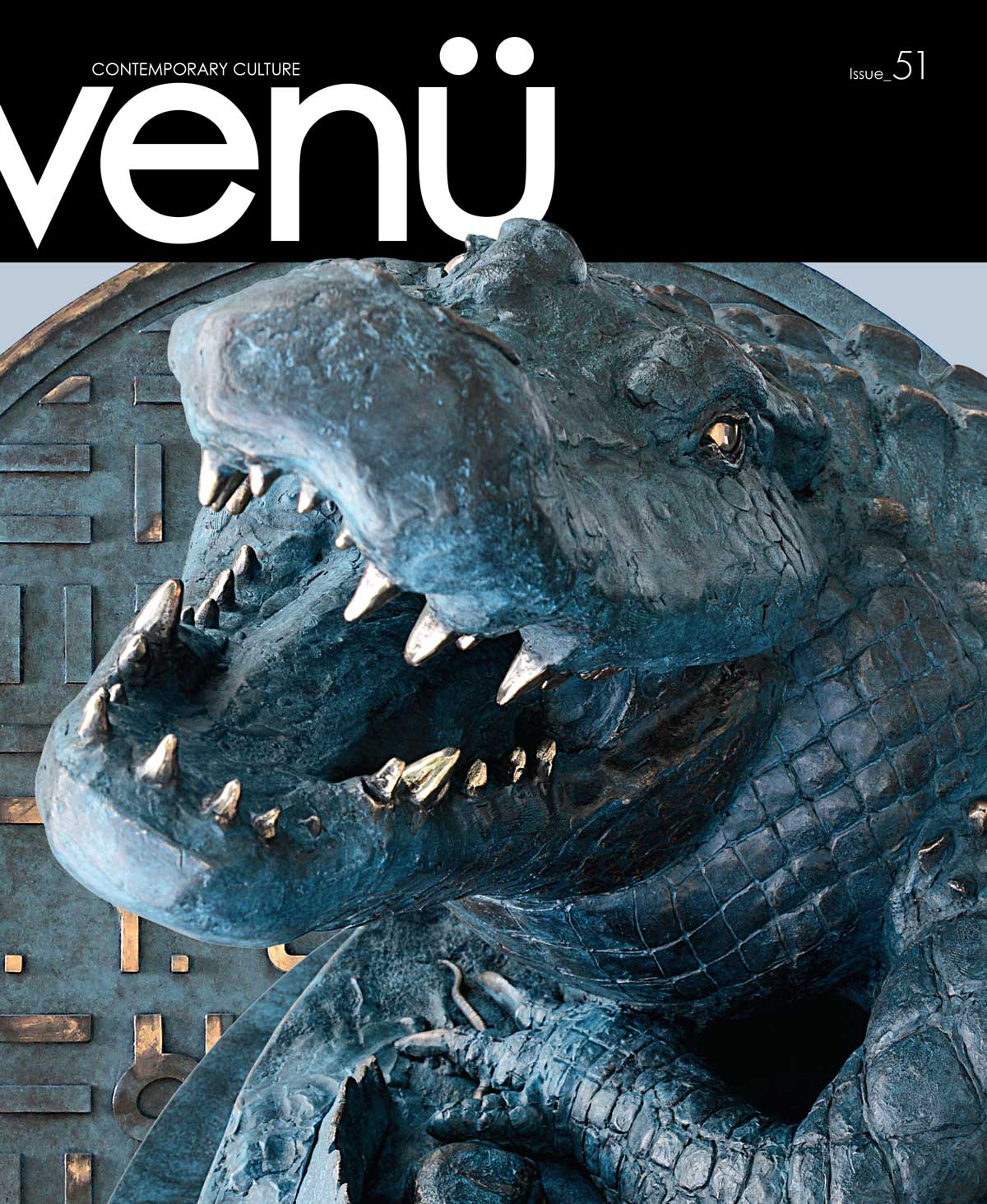
Leave a Reply